Improving the features we use for classification
Machine Learning for Time Series Data in Python

Chris Holdgraf
Fellow, Berkeley Institute for Data Science
The auditory envelope
- Smooth the data to calculate the auditory envelope
- Related to the total amount of audio energy present at each moment of time
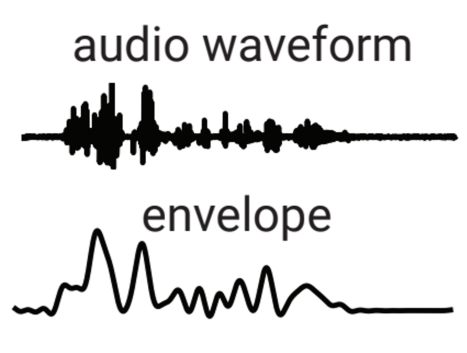
Smoothing over time
- Instead of averaging over all time, we can do a local average
- This is called smoothing your timeseries
- It removes short-term noise, while retaining the general pattern
Smoothing your data
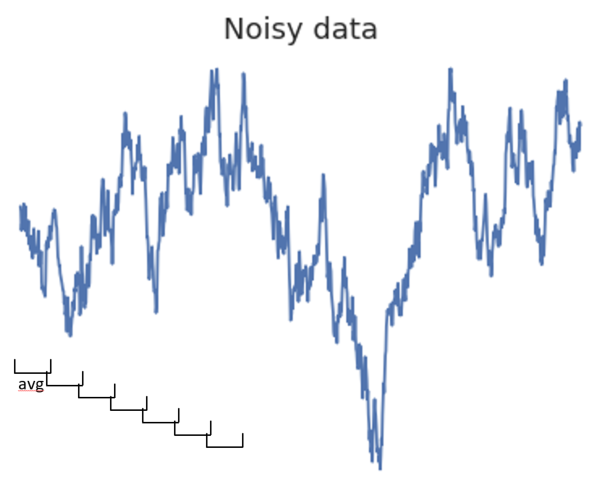
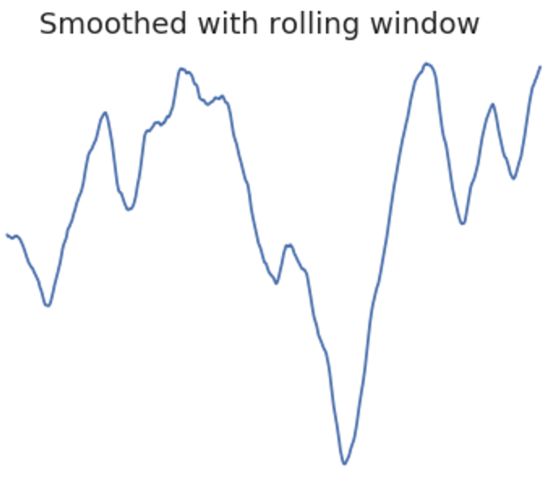
Calculating a rolling window statistic
# Audio is a Pandas DataFrame
print(audio.shape)
# (n_times, n_audio_files)
(5000, 20)
# Smooth our data by taking the rolling mean in a window of 50 samples
window_size = 50
windowed = audio.rolling(window=window_size)
audio_smooth = windowed.mean()
Calculating the auditory envelope
First rectify your audio, then smooth it
audio_rectified = audio.apply(np.abs) audio_envelope = audio_rectified.rolling(50).mean()
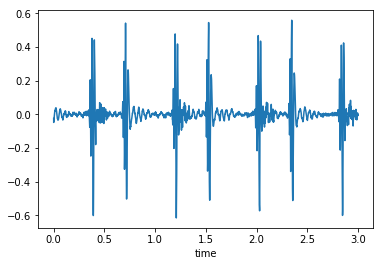
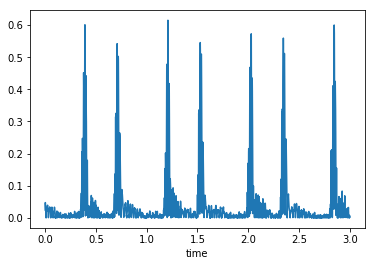
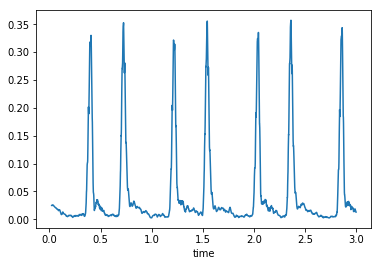
Feature engineering the envelope
# Calculate several features of the envelope, one per sound
envelope_mean = np.mean(audio_envelope, axis=0)
envelope_std = np.std(audio_envelope, axis=0)
envelope_max = np.max(audio_envelope, axis=0)
# Create our training data for a classifier
X = np.column_stack([envelope_mean, envelope_std, envelope_max])
Preparing our features for scikit-learn
X = np.column_stack([envelope_mean, envelope_std, envelope_max])
y = labels.reshape(-1, 1)
Cross validation for classification
cross_val_scoreautomates the process of:- Splitting data into training / validation sets
- Fitting the model on training data
- Scoring it on validation data
- Repeating this process
Using cross_val_score
from sklearn.model_selection import cross_val_score
model = LinearSVC()
scores = cross_val_score(model, X, y, cv=3)
print(scores)
[0.60911642 0.59975305 0.61404035]
Auditory features: The Tempogram
- We can summarize more complex temporal information with timeseries-specific functions
librosais a great library for auditory and timeseries feature engineering- Here we'll calculate the tempogram, which estimates the tempo of a sound over time
- We can calculate summary statistics of tempo in the same way that we can for the envelope
Computing the tempogram
# Import librosa and calculate the tempo of a 1-D sound array
import librosa as lr
audio_tempo = lr.beat.tempo(audio, sr=sfreq,
hop_length=2**6, aggregate=None)
Let's practice!
Machine Learning for Time Series Data in Python

